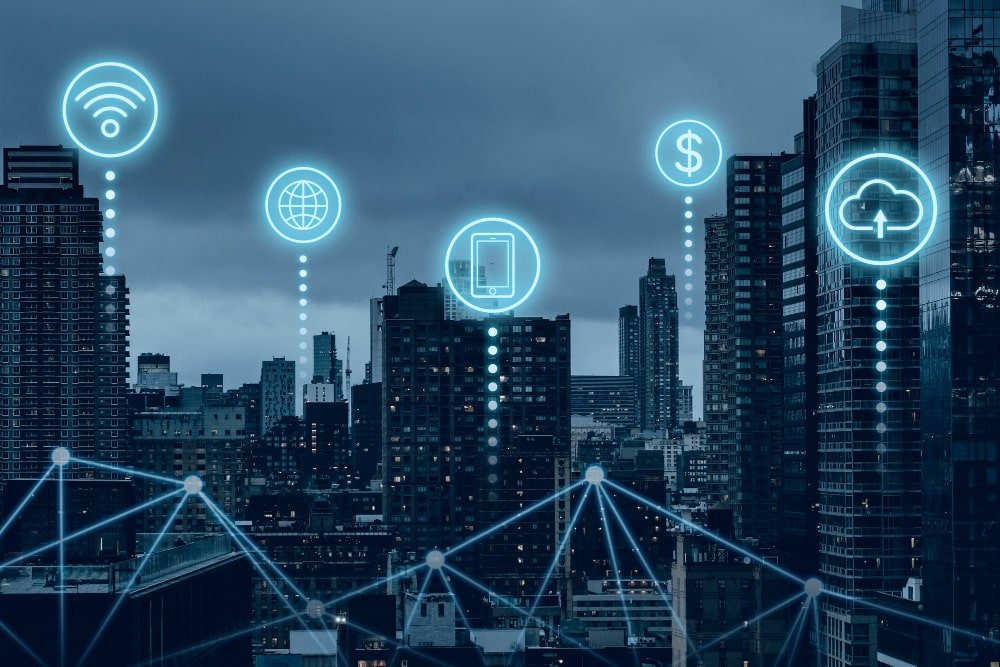
Edge computing is a revolutionary concept in the technology world, and it is rapidly gaining popularity. Experts believe that edge computing will become an integral part of our daily lives by 2025. With the rise of the Internet of Things (IoT), edge computing has become more relevant than ever before.
Today, I will tell you what edge computing is, why it’s important, and the uses of edge computing in various industries.
You may also need: How to Become a Software Tester: A Comprehensive Guide
What is Edge Computing?
In traditional computing, you have a central server or data center where all the data is stored and processed. It means that every time a device needs to access or process data, it has to send a request to the central server. This creates delays and can lead to slower processing times.
On the other hand, Edge computing refers to the processing and storage of data at the edge of a network. In simpler terms, it means that data is processed closer to the source instead of being sent to a centralized cloud server. This allows for faster processing and reduced latency in data transmission.
Why is Edge Computing Important?
Edge computing offers numerous benefits and is becoming increasingly important in today’s digital world. Some key reasons why edge computing is important are:
- Reduced Latency
- Improved Efficiency
- Cost Savings
- Enhanced Security
- Increased Scalability
- Real-time Data Processing
- Better Reliability
- Reduced Network Congestion
These are just some of the advantages that edge computing provides.
Uses of Edge Computing
Edge computing is being utilized in a variety of industries and applications. Some common uses include:
Internet of Things (IoT)
Edge computing plays a crucial role in the functioning of IoT devices. With the help of edge computing, data from these devices can be processed and analyzed locally, reducing the need for constant communication with a centralized server. This not only reduces latency but also helps in managing large volumes of data efficiently.
Smart Cities
Edge computing is a key component of smart city technology. Yes, the sensors and devices used in smart cities generate large amounts of data that need to be processed and analyzed in real-time.
However, constantly transmitting this data to a remote server can create network congestion and increase latency. This is where edge computing comes in, enabling smart cities to process data locally and make decisions in real time.
Autonomous Vehicles
Autonomous vehicles are another area where edge computing plays a crucial role. These vehicles rely on highly accurate and real-time data to safely navigate roads and make decisions in split seconds.
Edge computing allows autonomous vehicles to process data locally, reducing latency and ensuring quicker decision-making. This is especially important in situations where connectivity may be limited, such as remote areas or tunnels.
Health Monitoring
This is another area where edge computing is making a significant impact. Health monitoring devices, such as fitness trackers and smart watches, collect a vast amount of data about an individual’s health in real-time.
It means that these devices need to process data quickly to provide accurate and timely information. Edge computing helps in this regard by processing data locally, reducing latency, and ensuring faster diagnosis and treatment. You can also set up an emergency alert system through edge computing, which can notify healthcare providers in case of a medical emergency.
My Experience
My experience with edge computing has been nothing short of amazing. As a healthcare professional, I have seen firsthand how this technology has revolutionized the way we deliver care to our patients. Edge computing has not only improved patient outcomes, but it has also made our jobs as healthcare providers much easier and more efficient.
I highly recommend implementing edge computing in any healthcare setting. The benefits are endless, and the potential for growth and improvement is immense.
Conclusion
Edge computing is the future of modern technology. It has the potential to revolutionize various industries, especially healthcare. You can now see how edge computing works, its benefits, and how it can be applied in the healthcare industry.
As we continue to advance in technology, edge computing will become even more crucial. It helps solve some common challenges with traditional cloud computing, such as latency and bandwidth limitations.
Frequently Asked Questions
What are the main challenges of edge computing?
Some of the main challenges in edge computing include:
- Network connectivity
- Scalability limitations
- Security concerns
- Data management and consistency
- Compatibility with legacy systems
What are the benefits of using edge computing in healthcare?
Faster processing and response times, improved patient care, reduced costs, and increased data security and privacy.
Can edge computing replace cloud computing?
No, edge computing cannot replace cloud computing entirely as both have their own distinct advantages and use cases.
Can edge computing work alongside cloud computing?
Yes, edge computing can work alongside cloud computing. They complement each other and can be used together to create a powerful and efficient computing system.
Read More: Best Practices for Cleaning Gaming Consoles